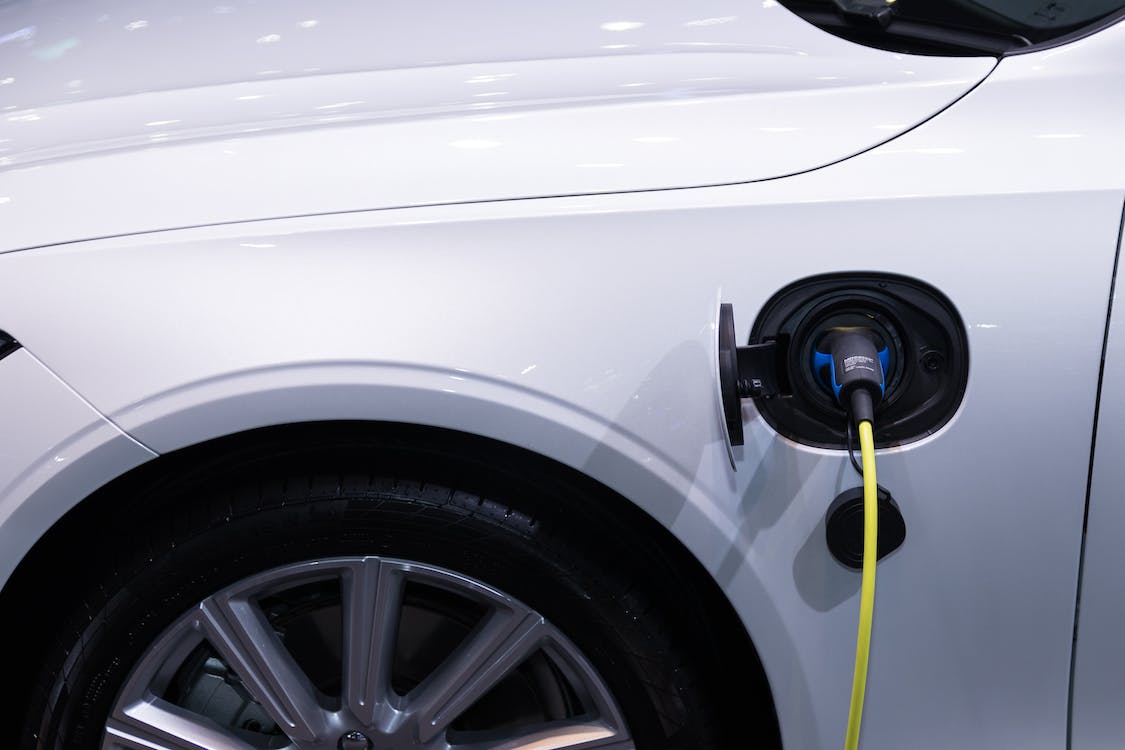
By Brittany Cotton
With the new year upon us, many drivers set their sights on major life changes and goals. If transitioning to an eco-friendly electric vehicle is on your resolution list, you’re making an excellent decision for both the environment and your wallet over time. However, switching to an EV comes with a bit of a learning curve. Read on below for the insight you’ll need to make the transition smoothly.
Things to Know Before Switching
Transitioning to EV ownership represents a major shift. Make sure to understand these key things before taking the all-electric plunge:
-Carefully compare EV driving ranges to your daily transportation needs. New EVs today average 200-300 miles on a single charge, with budget models around 100-150 miles.
-Determine if convenient public charging stations exist along regular commute routes and common destinations. Apps like PlugShare map these locations.
-Check that your home’s electrical panel safely supports installing a Level 2 charging station. This facilitates easy overnight charging.
-Note EV maintenance savings, but battery pack replacements down the road still carry hefty costs comparable to engines.
-For long road trips, carefully pre-plan multi-stop charging routes to prevent getting stranded with a low charge.
Test Drive Thoroughly
Start by considering what kind of electric vehicle suits your lifestyle needs. Do you require an SUV or truck with more cargo room? Or would a practical, budget-friendly hatchback or sedan get the job done? Make sure to analyze your regular commute distances as well. Understanding range capabilities and charging infrastructure along your routes makes all the difference in boosting driving confidence.
If able to charge easily at home, shorter maximum ranges around 100-150 miles may suffice without much hassle. Those relying more on public charging stations will want to opt for longer 200+ mile ranges. Test drive your top EV contenders while visualizing daily use before finalizing the purchase.
Speaking of test drives – don’t just try out electric vehicles once. Make a point to test models under multiple real-world conditions when traffic patterns may differ. Pay attention to cabin ergonomics and driver visibility along with responsiveness picking up speed on highways versus side roads. The unique sensation and near-silent performance of driving electric takes some acclimation!
Incentives & Savings
As the purchase date nears, thoroughly research available federal, state, and local electric vehicle incentives where you live. Tax credits along with rebates can equate to thousands in savings that sway the cost-benefit analysis scales toward an EV. Dealer and manufacturer incentives like low or even zero percent financing can also soften the financial hit. Stack savings strategically and charge ahead toward the EV model that best aligns with daily needs and budget.
Get Familiar
After you have the keys in hand, take time to get fully acquainted with the ins and outs of your new electric vehicle. Reference user manuals and guides to understand battery efficiency settings along with phone app connectivity, unique features and more. Don’t forget to locate public charging ports beyond the home base – apps like PlugShare provide helpful maps. Consider planning a short local road trip to test connectivity reliability when away from home. Identifying locations to plug in along the way grants peace of mind while traveling.
Home Charging Routine
Owning an EV shifts the gas pump paradigm to focusing more on charging routine planning overall. However convenient daily home charging capabilities reduce range anxiety substantially for many drivers. Consider installing a robust Level 2 charger in the garage wired to wisely handle increased electrical loads if feasible. This overnight charging convenience keeps you on the road for the daily commute without even thinking twice!
Eco-Friendly Future
Transitioning to an electric vehicle marks an excellent step toward reducing one’s carbon footprint while reaping cost rewards over time. Approach the purchase process methodically – test driving models suited for real-world needs and taking advantage of financial incentives. Establish a reliable home charging routine before venturing further afield. Soon, you’ll feel right at home embracing electric vehicle ownership on the daily open road!
Driving electric paves the way toward a more sustainable future by dramatically reducing greenhouse gas emissions from transportation. In fact, EVs generate far fewer emissions over their entire lifetime compared to even the most fuel-efficient gas-powered vehicles. That’s because apart from zero tailpipe emissions, the manufacturing carbon footprint also trends lower. Plus, electric grids continue expanding renewable energy infrastructure like solar and wind. This powers EV battery packs more cleanly over time.